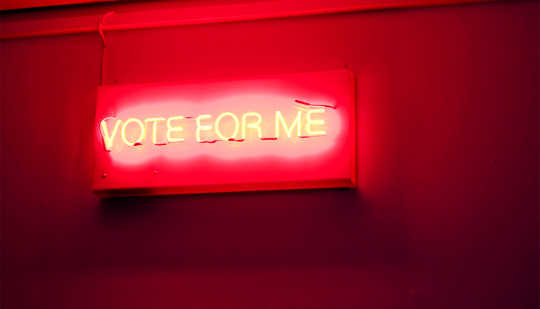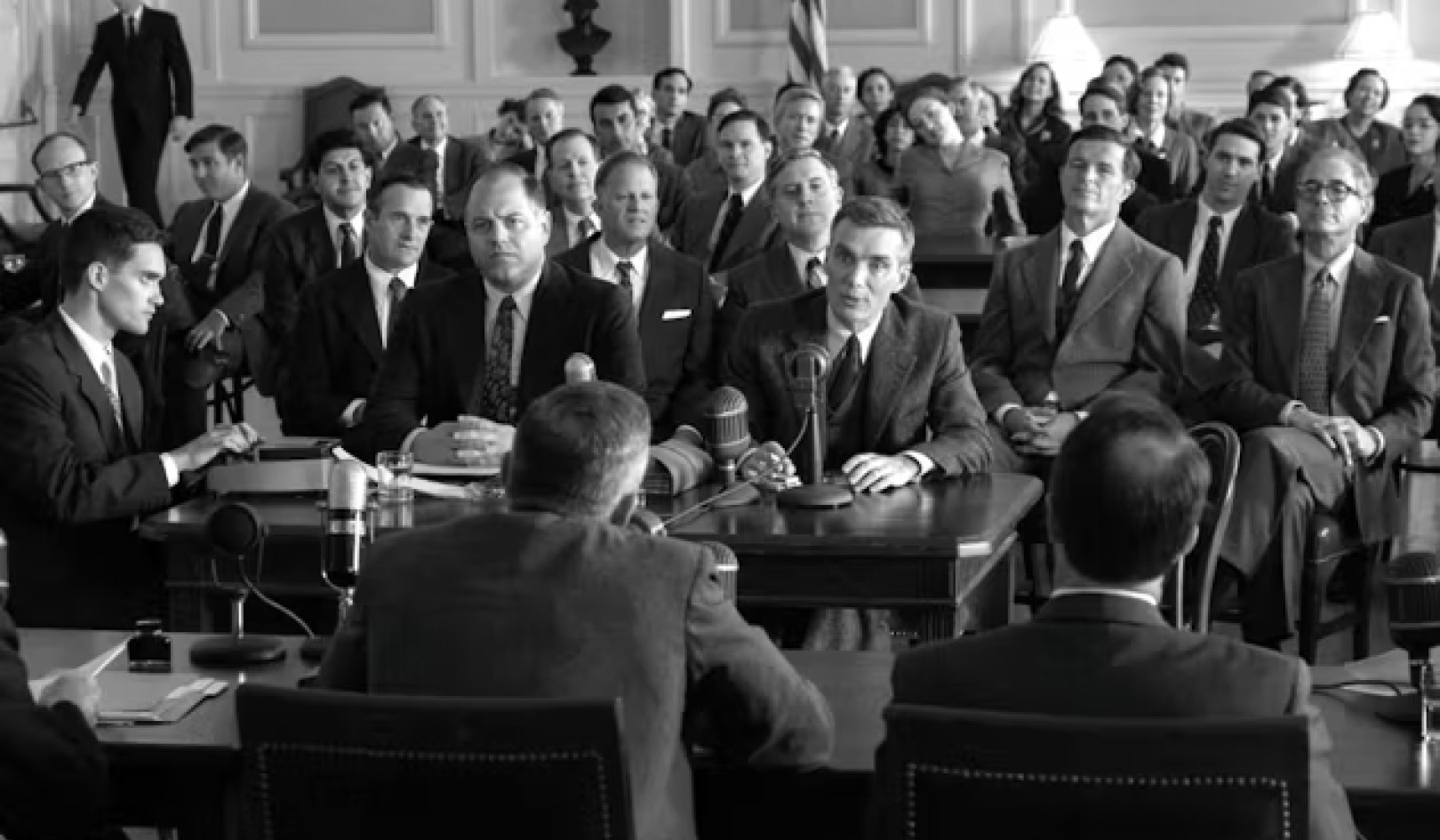
(Credit: Andrea Maria Cannata/Flickr)
Regardless of content, context, or audience, political ads do little to persuade voters, according to a new study.
The study in the journal Science Advances measured the persuasive effects of 49 high-profile advertisements from the 2016 presidential campaign on a nationally representative sample of 34,000 people through a series of 59 randomized experiments.
“…political ads have consistently small persuasive effects across a range of characteristics.”
Expanding on prior research suggesting that political ads have little impact on voters’ preferences, the study shows that those weak effects are consistent irrespective of a number of factors, including an ad’s tone, timing, and its audience’s partisanship.
“There’s an idea that a really good ad, or one delivered in just the right context to a targeted audience, can influence voters, but we found that political ads have consistently small persuasive effects across a range of characteristics,” says coauthor Alexander Coppock, an assistant professor of political science at Yale University.
“Positive ads work no better than attack ads. Republicans, Democrats, and independents respond to ads similarly. Ads aired in battleground states aren’t substantially more effective than those broadcast in non-swing states.”
The researchers conducted the study throughout the 2016 presidential primaries and general election.
Over 29 weeks, the researchers divided a representative sample of Americans into groups at random and assigned them to watch campaign advertisements or a placebo advertisement—a car-insurance commercial—before answering a short survey.
The researchers selected ads using real-time, ad-buy data and news coverage of each week’s most important ads. They tested ads attacking or promoting Republican candidate Donald Trump and Democratic candidate Hillary Clinton as well as commercials concerning primary candidates, such as Republican Ted Cruz and Democrat Bernie Sanders.
They analyzed the ads’ effects on survey respondents across several variables, including the candidate, party, or political action committee that sponsored them; whether they were positive or negative in tone; the partisanship of those viewing the ads; the time to Election Day when they aired; whether they were viewed in a battleground state or not; and whether they aired during the primary or general election.
They found that, on average and across all variables, the ads moved a candidate’s favorability rating respondents only .05 of a point on the survey’s five-point scale, which is small but statistically significant given the study’s large size, note the researchers. The ads’ effect on whom individuals intended to vote for was smaller still—a statistically insignificant 0.007 of a percentage point.
Campaigns should carefully consider efforts to tailor advertisements to specific audiences given that the evidence shows that ads’ persuasive effects vary little from person to person or from commercial to commercial, the researchers conclude.
The findings do not demonstrate that political advertising is always ineffective, Coppock says, noting that the study didn’t analyze the influence of an entire advertising campaign.
“TV ads help candidates increase their name recognition among the public, which is extremely important,” says Coppock, a resident fellow at Yale’s Institution for Social Policy Studies and the Center for the Study of American Politics.
“Moreover, the effects we demonstrated were small but detectable and could make the difference between winning and losing a close election.”
About the Authors
The Andrew F. Carnegie Corporation; UCLA’s Marvin Hoffenberg Chair in American Politics and Public Policy; and JG Geer, dean of the College of Arts and Sciences at Vanderbilt University, supported the study. Original Study
Additional coauthors are from the University of California, San Diego, and UCLA.

Related Books:
On Tyranny: Twenty Lessons from the Twentieth Century
by Timothy Snyder
This book offers lessons from history for preserving and defending democracy, including the importance of institutions, the role of individual citizens, and the dangers of authoritarianism.
Click for more info or to order
Our Time Is Now: Power, Purpose, and the Fight for a Fair America
by Stacey Abrams
The author, a politician and activist, shares her vision for a more inclusive and just democracy and offers practical strategies for political engagement and voter mobilization.
Click for more info or to order
How Democracies Die
by Steven Levitsky and Daniel Ziblatt
This book examines the warning signs and causes of democratic breakdown, drawing on case studies from around the world to offer insights into how to safeguard democracy.
Click for more info or to order
The People, No: A Brief History of Anti-Populism
by Thomas Frank
The author offers a history of populist movements in the United States and critiques the "anti-populist" ideology that he argues has stifled democratic reform and progress.
Click for more info or to order
Democracy in One Book or Less: How It Works, Why It Doesn't, and Why Fixing It Is Easier Than You Think
by David Litt
This book offers an overview of democracy, including its strengths and weaknesses, and proposes reforms to make the system more responsive and accountable.






















